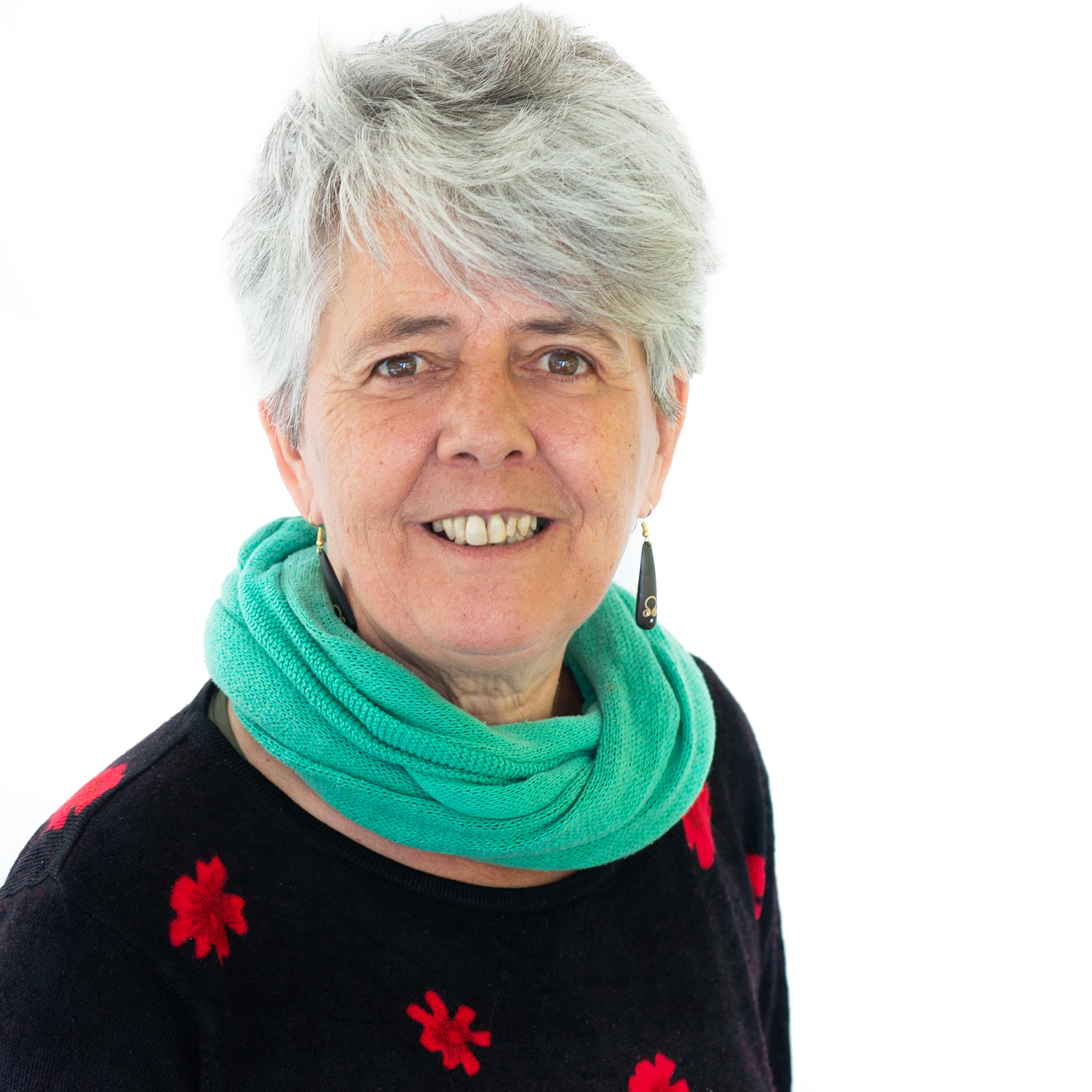This is what the economy of the Amazon…
10 July, 2024
Monday 07 january 2019
Header photo by: Henk Simons
The involvement of local and indigenous communities in landscape development is crucial. Communities in rural areas in Africa, Asia and Latin America are often connected with the landscape for many generations. They depend on the natural environment for their livelihoods and therefore use and manage it in a sustainable manner. When changes in the landscape occur, for example due to the construction of an industrial plantation or a mine, this has major consequences for their livelihoods.
Although these people have extensive knowledge about the landscape and natural environment and they are the first to experience the (negative) effects of any changes in it, they are often insufficiently involved in decision-making about the landscape. It thus happens that communities are shaken up by developments, such as the construction of roads or the arrival of companies, which lead to, for example, their land being taken or them no longer having access to products from the forest.
This violates their right to public participation, as well as their right to water, food, shelter and sacred places. It can also lead to serious conflicts, with communities being criminalized and security forces using violence to suppress protests against land expropriation. In 2019, at least 212 land and environmental defenders were killed trying to protect their homes and communities from destructive industries (Global Witness, 2020).
Open dialogue and transparent decision-making can help prevent conflicts. Moreover, the input of local and indigenous groups, based on their extensive knowledge transmitted through generations, is crucial for achieving sustainable landscape management. Civil society organizations, such as IUCN NL and its local partners, therefore help communities to be heard by influential parties, such as governments and private companies.
To avoid communities are being shaken up by developments in their environment, access to information is essential. “We facilitate that people are informed about upcoming developments and their expected impacts,” says Evelien van den Broek, Senior Expert Environmental Justice at IUCN NL. In doing so, communities are informed about their rights, such as the right to Free Prior and Informed Consent (FPIC), and they are supported in exerting these rights.
“For example, we organize trainings regarding environmental and social impact assessments,” says Van den Broek. These trainings are organized in collaboration with the Netherlands Commission for Environmental Assessment and provide information on procedures such as environmental impact assessment and strategic environmental assessment. The training gives insight in when such procedures are mandatory and how to increase transparency and participation.
We also instigate contact between communities and civil social organizations or legal experts who can support them. “This way we ensure that communities are aware of their rights and that they are prepared to participate in public consultation procedures.”
Local and indigenous communities usually have a (traditional) organizational structure. Sometimes this structure needs to be revived or strengthened to enable effective participation in public consultations on new land use or investment plans. It can also be useful to set up specific organizations in villages such as women groups, youth groups or nature conservation groups, or to join forces with neighboring villages. The establishment or strengthening of such community organizations creates a platform that empowers communities and enables them to speak out about developments in their landscape.
Communities can play an important role in development planning, particularly at sub-national level. “In their own environment, communities can make a tangible difference,” says Van den Broek. “In Papua, for example, a community organized itself to mobilize funding from the village budget to protect their mangrove forests, which are crucial breeding grounds for fish and shellfish and serve as coastal protection.”
In many countries, collective land rights are hardly ever recorded and are not recognized. Only when concessions are issued for plantations or mines, communities find out that their land can just be taken away from them.
To prevent this, we support communities in securing their land rights. For example through social forestry programs that grant use and management rights to communities. On the Indonesian island Kalimantan, communities are supported in mapping their land and applying for a village forest or indigenous forest permit. “It is an extensive, bureaucratic procedure that should lead to the right to manage the forest and use its products for the next 35 years,” says Van den Broek.
In addition, we organize training sessions in which communities learn how to process and market forest products. “This allows communities to improve their livelihoods and to offer a valid alternative to large-scale development based on large-scale investments from industrial companies.”
Communities are the designated party to monitor compliance with laws and regulations, especially where governments lack capacity. In Myanmar, for example, CSOs and the regional government of Tanintharyi agreed on a checklist of criteria for the mining sector. Community-based mining monitoring groups use this checklist to keep track of mining operations and report violations to the competent ministry, which may take action, sometimes only after lobby by CSOs and by media reports.
When civil society organizations bridge the gap between local communities and other parties in a landscape, the local population can make a valuable contribution to development planning at sub-national or regional level. In addition, public consultation procedures and transparent decision-making can prevent serious conflicts.

